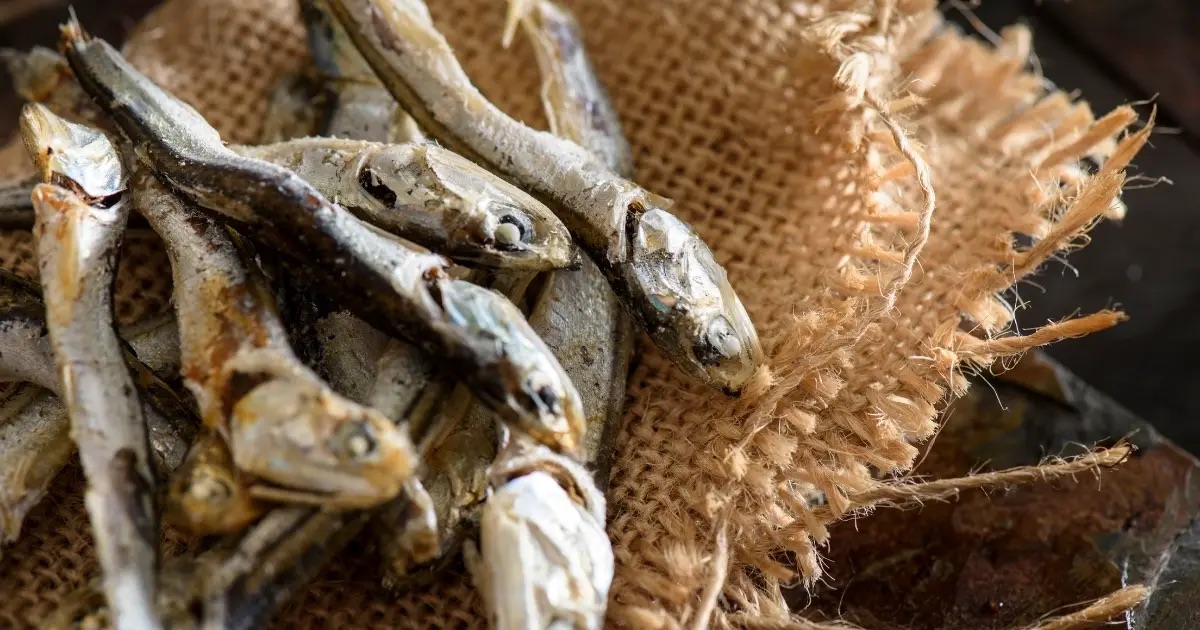

Articles
How To Store Leftover Anchovies
Modified: January 7, 2024
Learn how to store leftover anchovies in this helpful article. Find tips and tricks to keep them fresh and flavorful for future use.
(Many of the links in this article redirect to a specific reviewed product. Your purchase of these products through affiliate links helps to generate commission for Storables.com, at no extra cost. Learn more)
Introduction
Anchovies are a delicious and versatile ingredient that can add a punch of flavor to a wide range of dishes, from pizzas and pastas to salads and sauces. However, if you have leftover anchovies after a meal, it’s important to store them properly to maintain their freshness and flavor.
Proper storage of leftover anchovies not only helps to preserve their taste and texture but also prevents them from spoiling. When stored correctly, anchovies can be enjoyed for longer periods, allowing you to add these savory little fish to your favorite recipes whenever you desire.
In this article, we will guide you through the process of storing leftover anchovies to ensure their quality and taste are preserved. We will explore different storage options, including refrigeration, freezing, and preserving in oil, along with tips to maintain their freshness and flavor.
So, if you find yourself with a surplus of anchovies and want to keep them in top condition, read on to discover how to store leftover anchovies effectively.
Key Takeaways:
- Properly storing leftover anchovies is crucial for maintaining their freshness, flavor, and quality, ensuring they are always ready to enhance your culinary creations.
- Whether refrigerating, freezing, or preserving in oil, following the right storage techniques will extend the shelf life of anchovies, allowing you to enjoy their distinct umami flavor in various dishes.
Read more: How To Store Anchovies
The Importance of Properly Storing Leftover Anchovies
Properly storing leftover anchovies is crucial for several reasons. First and foremost, it helps to maintain their freshness and flavor. Anchovies contain oils that can become rancid if not stored correctly, resulting in a strong and unpleasant taste.
By storing leftover anchovies properly, you can extend their shelf life and ensure they are always at their best when you want to use them. This allows you to enjoy the distinct umami flavor that anchovies bring to your dishes without worry.
In addition to preserving the flavor, proper storage also prevents the anchovies from spoiling. Spoiled anchovies can harbor bacteria and pose health risks when consumed. By storing them correctly, you reduce the chances of bacterial contamination and protect your health.
Moreover, storing leftover anchovies properly can help you save money. By avoiding unnecessary waste, you can use the remaining portion in future recipes, reducing the need to purchase new anchovies. This not only saves you money but also helps minimize food waste.
Lastly, by having well-preserved leftover anchovies readily available, you can effortlessly enhance the taste of various dishes. Whether you want to add depth of flavor to a pasta sauce or top a homemade pizza with a salty kick, having properly stored anchovies on hand makes it convenient to elevate your culinary creations.
Overall, properly storing leftover anchovies is vital for maintaining their freshness and flavor, preventing spoilage and health risks, saving money, and enhancing the taste of your dishes. Now that we understand the importance, let’s explore how to store leftover anchovies effectively.
Step-by-Step Guide on How to Store Leftover Anchovies
Storing leftover anchovies requires proper handling and storage techniques to ensure their quality over time. Follow this step-by-step guide to store your leftover anchovies effectively:
- Remove Anchovies from the Original Packaging: If your leftover anchovies come in a sealed package, remove them from the packaging. This step allows you to store them in a more suitable container.
- Clean the Anchovies: Rinse the leftover anchovies under cold water to remove any excess salt or brine. Pat them dry with a paper towel to remove any moisture.
- Select a Suitable Storage Container: Choose a clean, airtight container for storing your anchovies. Glass jars or containers with tight-fitting lids work well. Make sure the container is appropriately sized to hold the anchovies without excessive air space.
- Layer the Anchovies: Place the rinsed and dried anchovies in the container in a single layer. Avoid overcrowding to prevent the anchovies from sticking together or getting crushed.
- Add a Preserve: Depending on your preferred storage method, you can now choose to add a preserving agent. For refrigeration, a small amount of olive oil or brine can be added to the container. For freezing, follow the next steps without adding any additional ingredients.
- Seal the Container: Ensure the container is tightly sealed to prevent air and moisture from entering. This step is essential for maintaining the quality and taste of the anchovies.
- Label and Date: To keep track of their freshness, label the container with the current date. This helps you use the anchovies within the recommended storage duration.
- Store According to Your Preferred Method: Choose the storage method that suits your needs:
- Refrigeration: Place the sealed container of anchovies in the refrigerator. The low temperature of the fridge helps slow down the oxidation process and extends the shelf life of the anchovies. Stored properly, anchovies can typically last for up to 2 weeks in the refrigerator.
- Freezing: If you want to store your anchovies for a longer duration, freezing is the best option. Place the sealed container in the freezer, and the anchovies can last for up to 3 months. Freezing can slightly affect the texture of the anchovies, but the flavor remains intact.
- Preserving in Oil: Another popular method to store leftover anchovies is by preserving them in oil. Fill the container, covering the anchovies completely with olive oil. The oil acts as a barrier, preventing oxidation and keeping the anchovies flavorful. Stored properly, anchovies preserved in oil can last for up to 6 months.
By following these step-by-step instructions, you can ensure your leftover anchovies remain fresh, flavorful, and ready for future culinary creations.
Option 1: Storing in the Refrigerator
Storing leftover anchovies in the refrigerator is a popular option for preserving their freshness and flavor over a short period. Here’s how you can store anchovies in the refrigerator:
- Prepare the Anchovies: Follow the steps mentioned earlier to clean the anchovies and select a suitable storage container.
- Add a Preserving Agent: To enhance their shelf life in the refrigerator, add a preserving agent to the container containing the anchovies. A small amount of olive oil or brine can be poured over the anchovies to help maintain their quality.
- Seal and Label the Container: Ensure the container is tightly sealed to prevent air and moisture from entering. Label the container with the date of storage to keep track of their freshness.
- Place in the Refrigerator: Put the sealed container of anchovies in the refrigerator, preferably in the coldest section, such as the back of the fridge. The low temperature of the refrigerator helps slow down the oxidation process and extends the anchovies’ shelf life.
- Use Within 2 Weeks: Stored properly, anchovies can typically stay fresh in the refrigerator for up to 2 weeks. Make sure to consume them within this timeframe for optimal taste and quality.
When ready to use the anchovies, simply remove the desired amount from the container and reseal the rest for future use. Remember to keep the remaining anchovies submerged in the preserving agent, such as oil or brine, to maintain their flavor and texture.
Storing leftover anchovies in the refrigerator is a convenient option if you plan to use them in the near future. It allows you to add a burst of umami flavor to your recipes without compromising on taste or quality.
Store leftover anchovies in an airtight container or resealable bag, and cover them with olive oil to keep them fresh. Store in the refrigerator for up to 2 weeks.
Option 2: Freezing Anchovies for Longer Storage
If you have a surplus of leftover anchovies and want to prolong their shelf life, freezing is an excellent option. Freezing anchovies helps to preserve their flavor and texture for an extended period. Here’s a step-by-step guide on how to freeze anchovies:
- Prepare the Anchovies: Rinse the leftover anchovies under cold water to remove any excess salt or brine. Pat them dry with a paper towel to absorb any moisture.
- Select a Suitable Freezer Storage Container: Choose a freezer-safe container or resealable plastic bag that can comfortably hold the anchovies without overcrowding. Make sure to squeeze out as much air as possible from the bag before sealing.
- Place the Anchovies in the Container: Arrange the anchovies in a single layer inside the container or bag. Avoid overcrowding, as this can cause them to freeze together and become difficult to separate.
- Seal and Label the Container: Seal the container or bag tightly to prevent air and moisture from entering. Label it with the current date to keep track of their freezing duration.
- Freeze the Anchovies: Place the sealed container or bag in the freezer, ideally in the coldest part. The freezing process helps to preserve the flavor and quality of the anchovies.
- Use Within 3 Months: Properly stored anchovies can last in the freezer for up to 3 months without significant loss of flavor or texture. However, it is best to use them within this timeframe for the best results.
When you need to use the anchovies, simply remove the desired amount from the freezer and thaw them in the refrigerator overnight or use the defrost function on your microwave. Thawed anchovies may have a slightly different texture than fresh ones, but their flavor should remain intact.
Freezing leftover anchovies is an ideal method for long-term storage, especially if you anticipate not using them within a couple of weeks. This option allows you to keep your anchovies on hand for months, ensuring you have premium quality ingredients whenever you need them for a delicious meal or recipe.
Read more: How To Store Opened Anchovies
Option 3: Preserving Anchovies in Oil
Preserving leftover anchovies in oil is a popular technique that not only helps to extend their shelf life but also enhances their flavor and texture. The oil acts as a protective barrier, preventing oxidation and maintaining the anchovies’ delicious taste. Here’s how you can preserve anchovies in oil:
- Prepare the Anchovies: Clean the leftover anchovies by rinsing them under cold water to remove any excess salt or brine. Pat them dry with a paper towel to remove excess moisture.
- Choose a Suitable Container: Select a glass jar or airtight container that can comfortably hold the anchovies. Make sure it is clean and dry before using it for storage.
- Layer the Anchovies in the Jar: Place a layer of anchovies at the bottom of the jar. Avoid overcrowding to prevent them from sticking together or becoming squished.
- Add Oil: Pour enough olive oil into the jar to completely cover the layer of anchovies. The oil will act as a protective barrier and preserve the anchovies’ flavor and texture.
- Repeat the Layering: Add another layer of anchovies on top of the first layer and cover them with more olive oil. Continue this process until all the anchovies are layered in the jar, ensuring each layer is completely submerged in oil.
- Seal and Store the Jar: Seal the jar tightly to prevent air and moisture from entering. Store it in a cool, dark place like a pantry or refrigerator.
- Label the Jar: Label the jar with the date of preservation to keep track of their freshness. This will help you use the anchovies within the recommended storage duration.
- Store for Up to 6 Months: Anchovies preserved in oil can last for up to 6 months if stored properly. Ensure the jar is tightly sealed and the anchovies remain fully submerged in oil at all times.
When you want to use the preserved anchovies, simply remove the desired amount from the jar, allowing any excess oil to drip off, and use them in your favorite recipes. The olive oil used for preserving the anchovies can also be used as a flavorful ingredient in dressings, marinades, or sautés.
Preserving leftover anchovies in oil is a fantastic way to enhance their taste and extend their shelf life. By submerging them in oil, you can enjoy the distinct umami flavor of anchovies whenever you desire, making them a versatile and convenient ingredient in your culinary adventures.
Tips for Maintaining Freshness and Flavor
To ensure the freshness and flavor of your leftover anchovies are preserved, consider the following tips:
- Proper Storage Containers: Always use clean, airtight containers for storing anchovies. This helps to prevent exposure to air and moisture, which can lead to spoilage and loss of flavor.
- Keep Anchovies Submerged in Preserving Agents: Whether you choose to store anchovies in oil, brine, or another preserving agent, make sure they are fully submerged. This helps to maintain their taste, texture, and overall quality.
- Date and Label Containers: Labeling storage containers with the date of preservation helps you keep track of their freshness. Use the oldest anchovies first to ensure you consume them while they are still at their best.
- Store in a Cool Place: Anchovies should be stored in a cool and dark place to maintain their flavor and prevent exposure to heat, which can speed up spoilage. Refrigeration or a pantry are ideal storage locations.
- Avoid Frequent Opening: Opening the storage container frequently can introduce air and moisture, which can deteriorate the quality of the anchovies. Only open the container when you need to use them.
- Never Mix Different Quality Anchovies: If you have anchovies of different qualities, it is best to store them separately. Mixing anchovies of varying quality can affect the flavor of the entire batch.
- Be Mindful of Expiration Dates: If you have store-bought anchovies, pay attention to the expiration date on the original packaging. It is best to consume them before the expiry date to ensure optimal freshness.
- Freeze Unused Portions: If you have leftover anchovies that you don’t plan to use within the recommended storage timeframe, consider freezing them. Freezing helps to extend their shelf life without compromising their flavor.
- Inspect for Spoilage: Before using any stored anchovies, inspect them for signs of spoilage, such as an off smell, slimy texture, or unusual color. If they appear spoiled, discard them immediately.
- Experiment with Different Recipes: To fully enjoy the flavor of your preserved anchovies, explore various recipes that highlight their unique taste. From pasta sauces and salad dressings to savory spreads and toppings, there are countless ways to incorporate anchovies into your culinary creations.
By following these tips, you can maintain the freshness, flavor, and quality of your leftover anchovies, ensuring they are always ready to elevate your dishes with their distinct umami taste.
Conclusion
Properly storing leftover anchovies is essential for preserving their freshness, flavor, and quality. Whether you have a small amount left from a recipe or a surplus of anchovies, following the right storage techniques will ensure that they remain delicious and ready to enhance your culinary creations.
In this article, we explored three main options for storing leftover anchovies: refrigeration, freezing, and preserving in oil. Refrigeration is ideal for short-term storage of up to 2 weeks, while freezing can extend the shelf life for up to 3 months. Preserving anchovies in oil allows for long-term storage of up to 6 months, with the added benefit of enhancing their flavor.
We also provided step-by-step instructions for each method, including tips for maintaining freshness and flavor. By using proper storage containers, keeping the anchovies submerged in preserving agents, and labeling containers with dates, you can ensure that your anchovies are always fresh and ready to use.
Remember to store anchovies in a cool place, avoid frequent opening of containers, and inspect them for any signs of spoilage before use. These practices will help you maintain the quality of your anchovies and avoid any health risks associated with spoiled seafood.
Now that you have learned how to store leftover anchovies effectively, you can confidently enjoy the delicious taste of these tiny fish in a variety of dishes. Whether you’re adding them to salads, pizzas, pastas, or sauces, properly stored anchovies will enhance the flavors and take your recipes to the next level.
So, the next time you find yourself with leftover anchovies, don’t hesitate to store them properly and make the most of their savory, umami-packed goodness. Your taste buds will thank you, and you’ll always have a flavorful ingredient on hand to elevate your culinary creations.
Frequently Asked Questions about How To Store Leftover Anchovies
Was this page helpful?
At Storables.com, we guarantee accurate and reliable information. Our content, validated by Expert Board Contributors, is crafted following stringent Editorial Policies. We're committed to providing you with well-researched, expert-backed insights for all your informational needs.
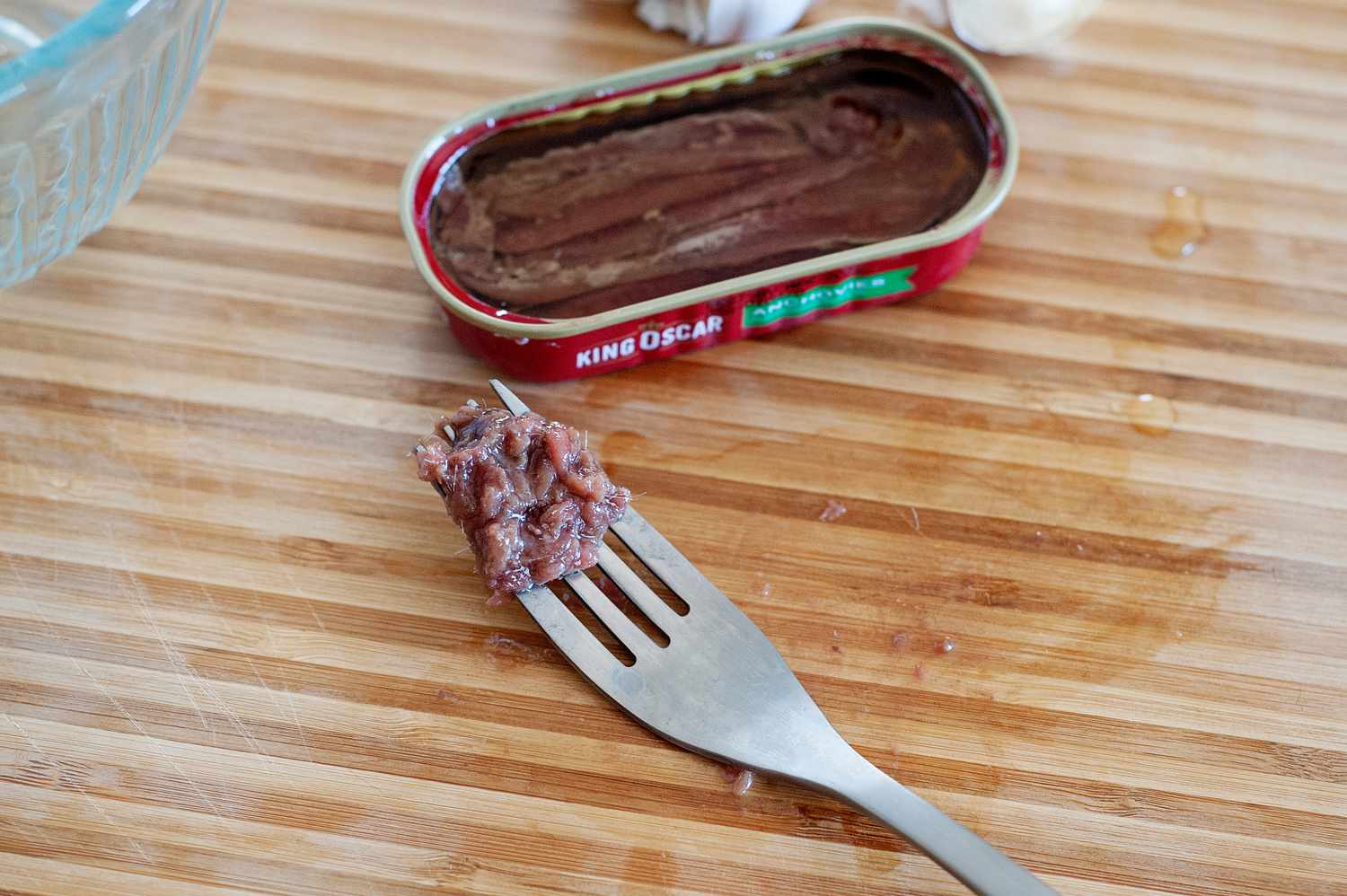

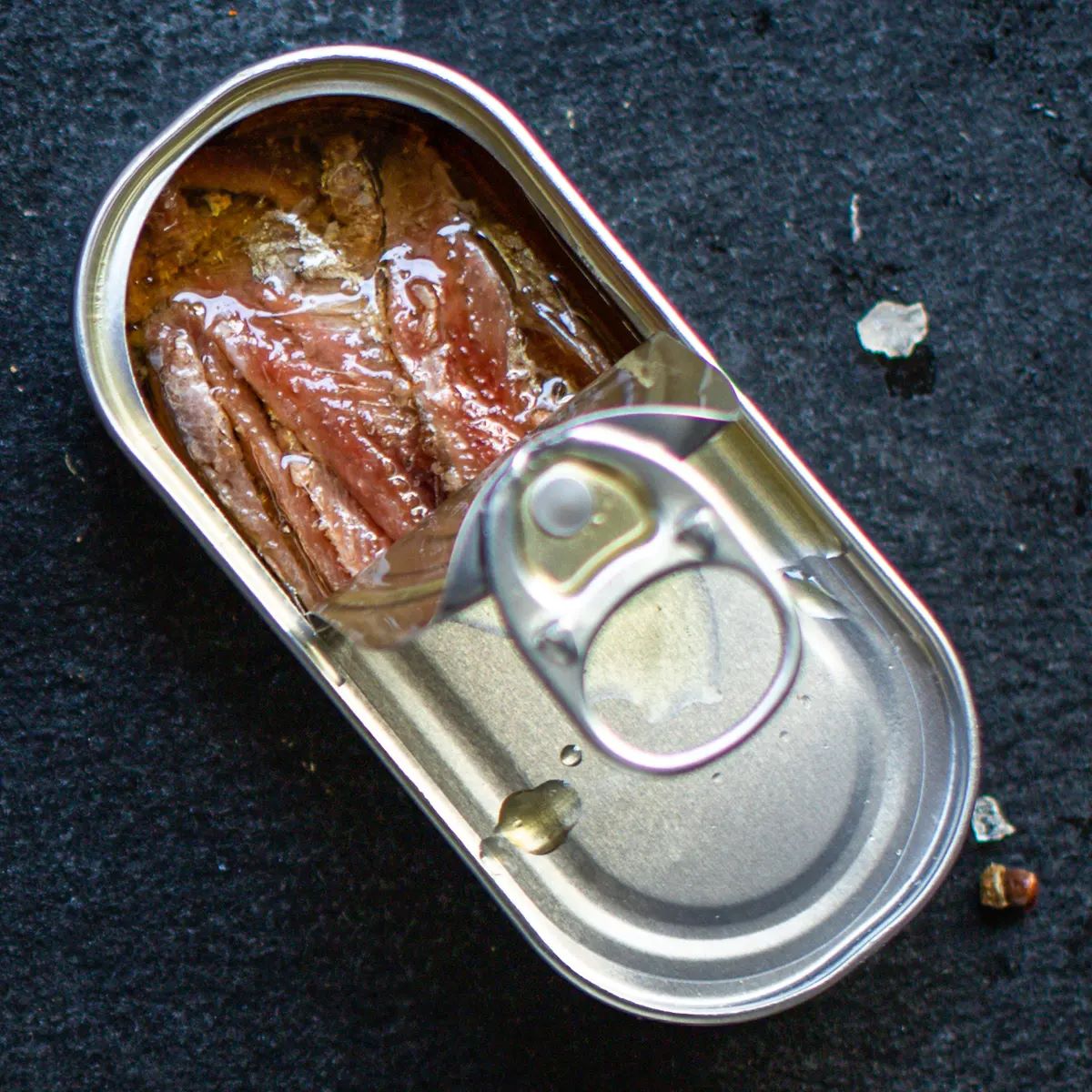


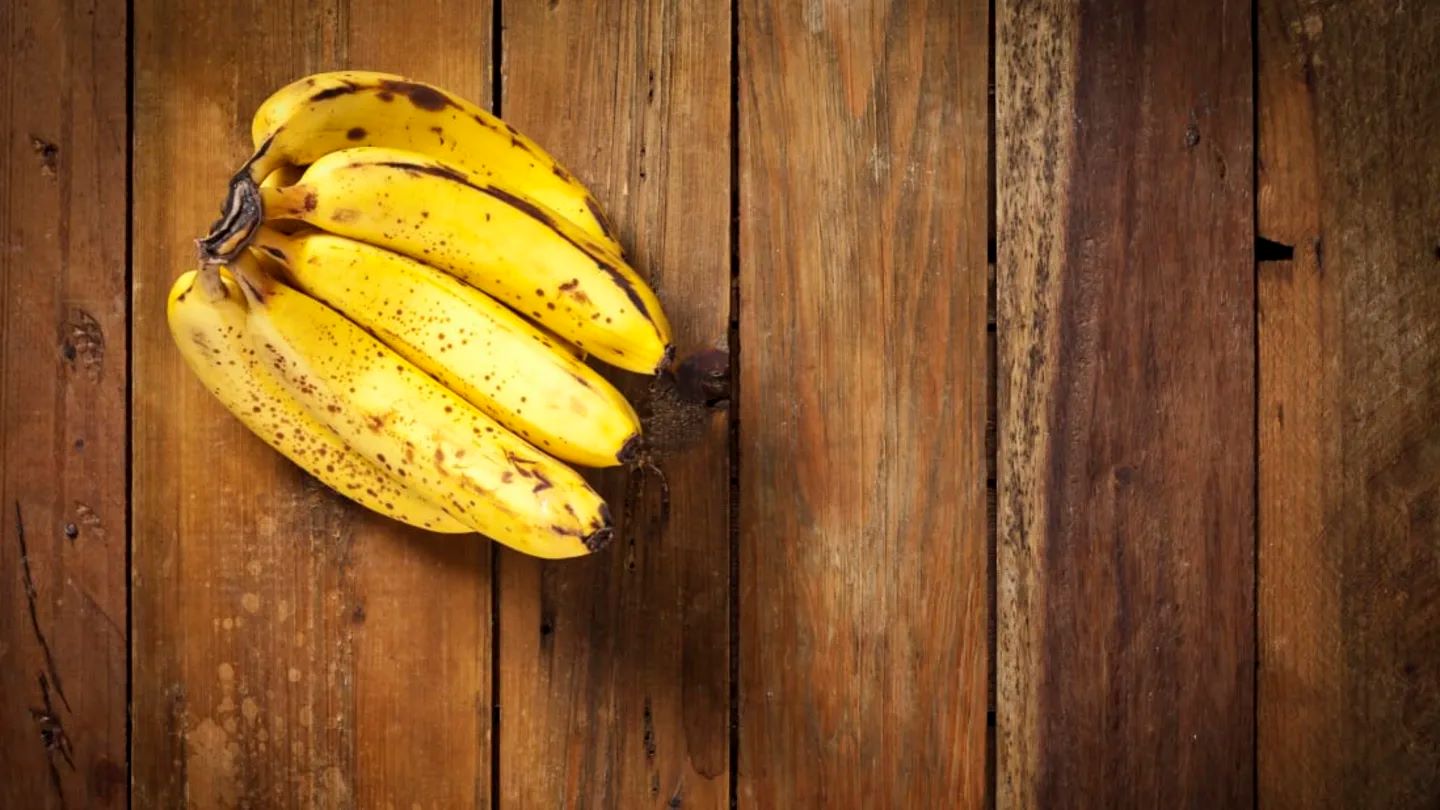


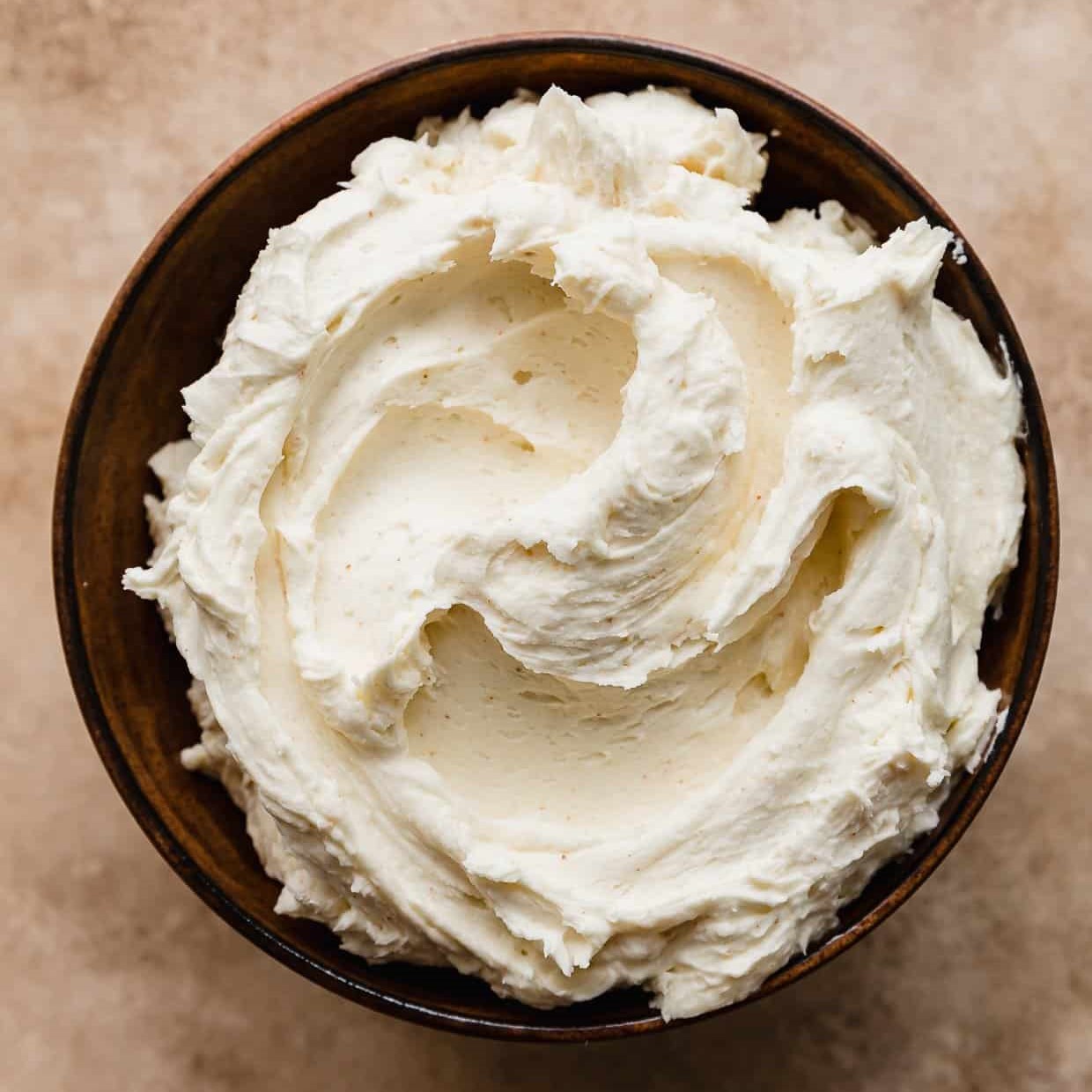
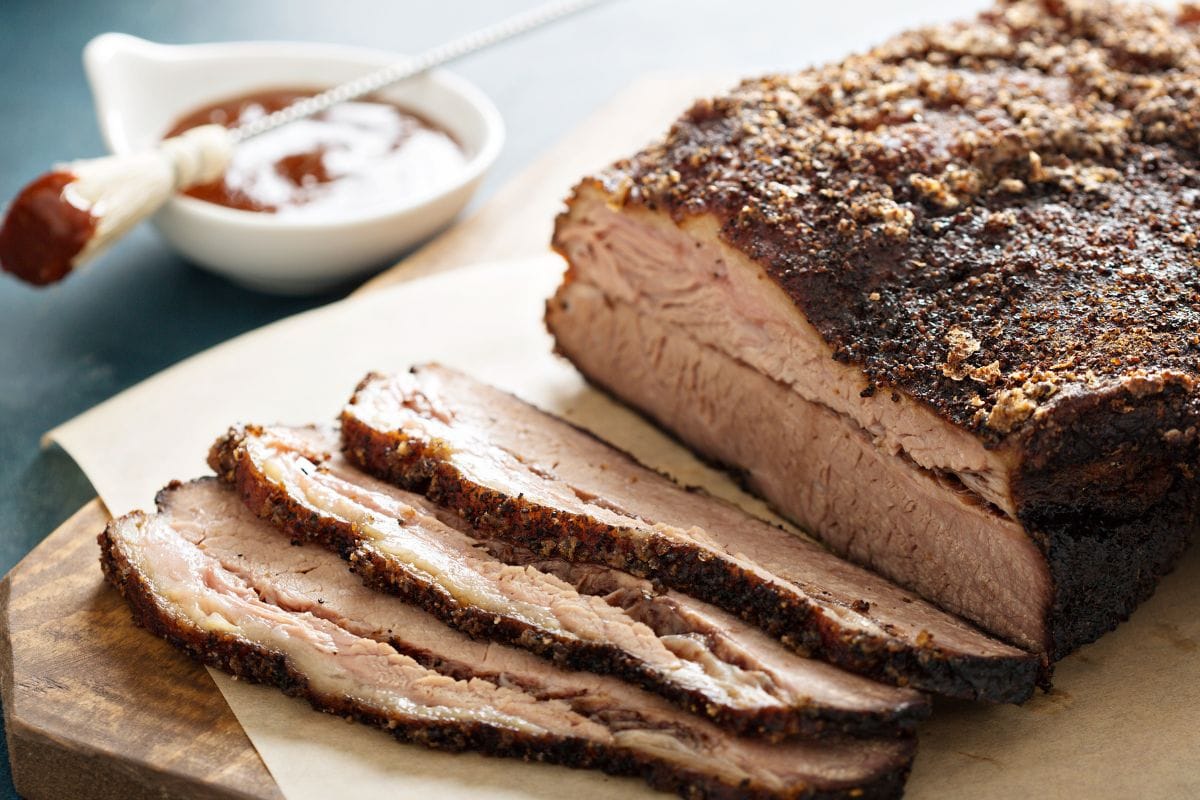
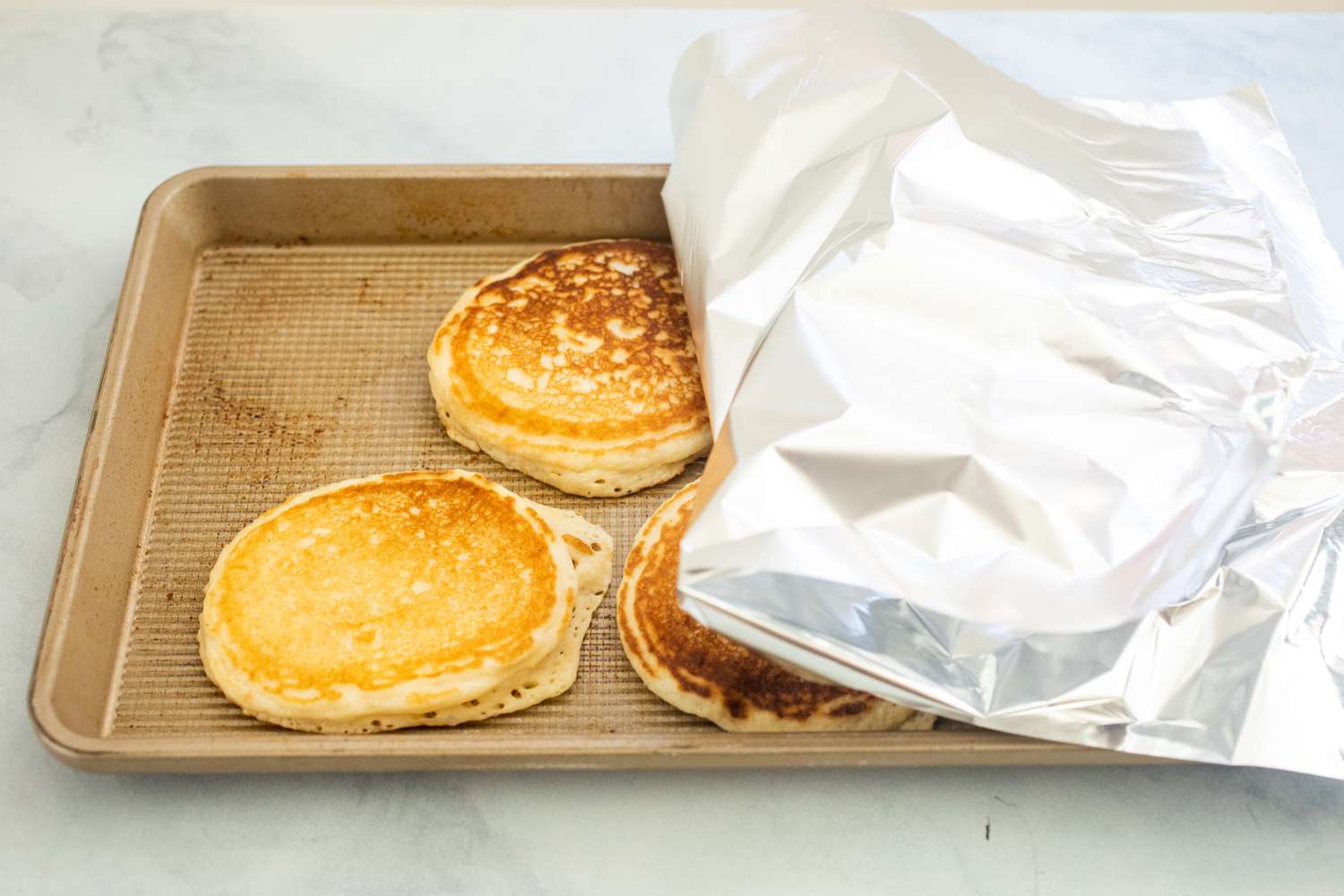
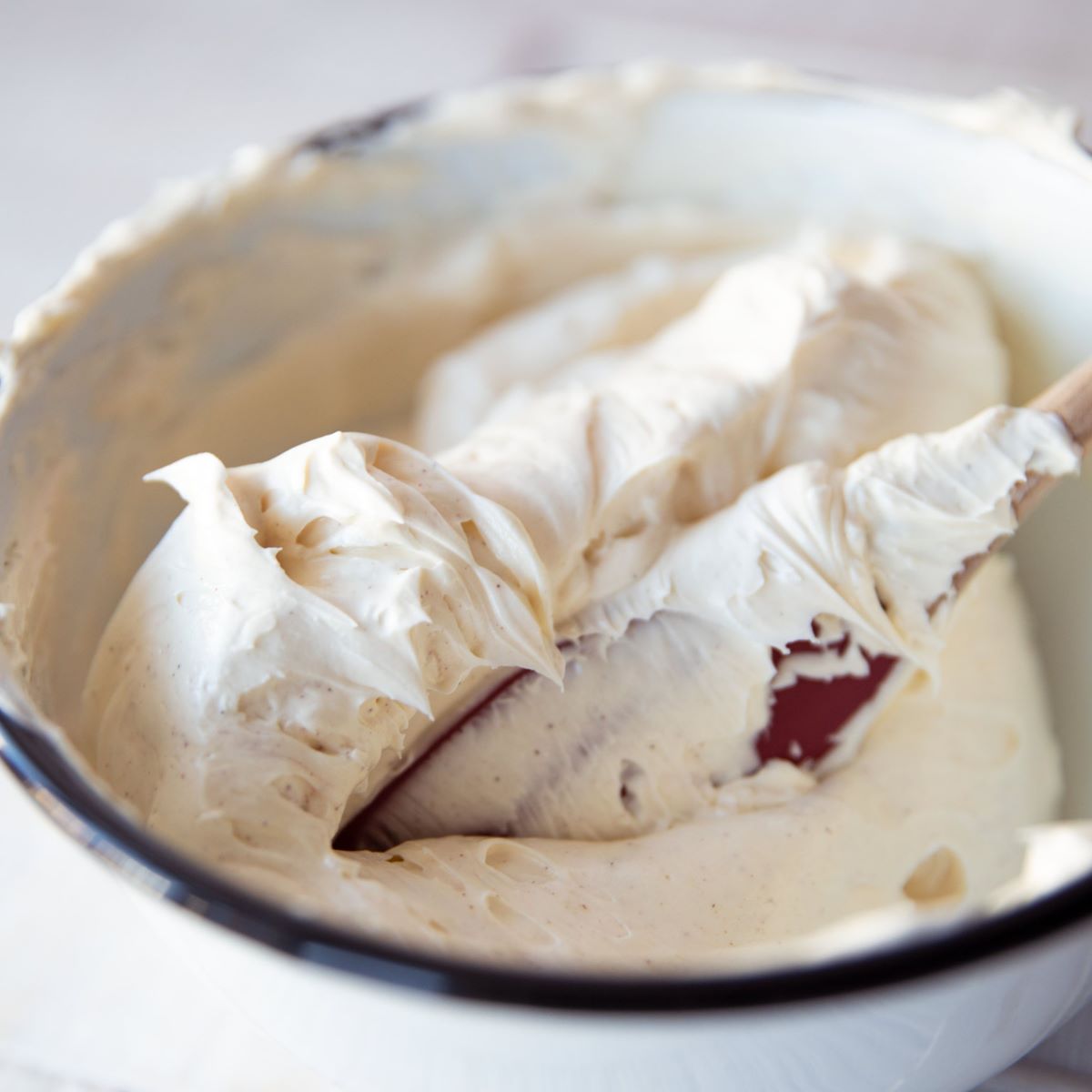



0 thoughts on “How To Store Leftover Anchovies”